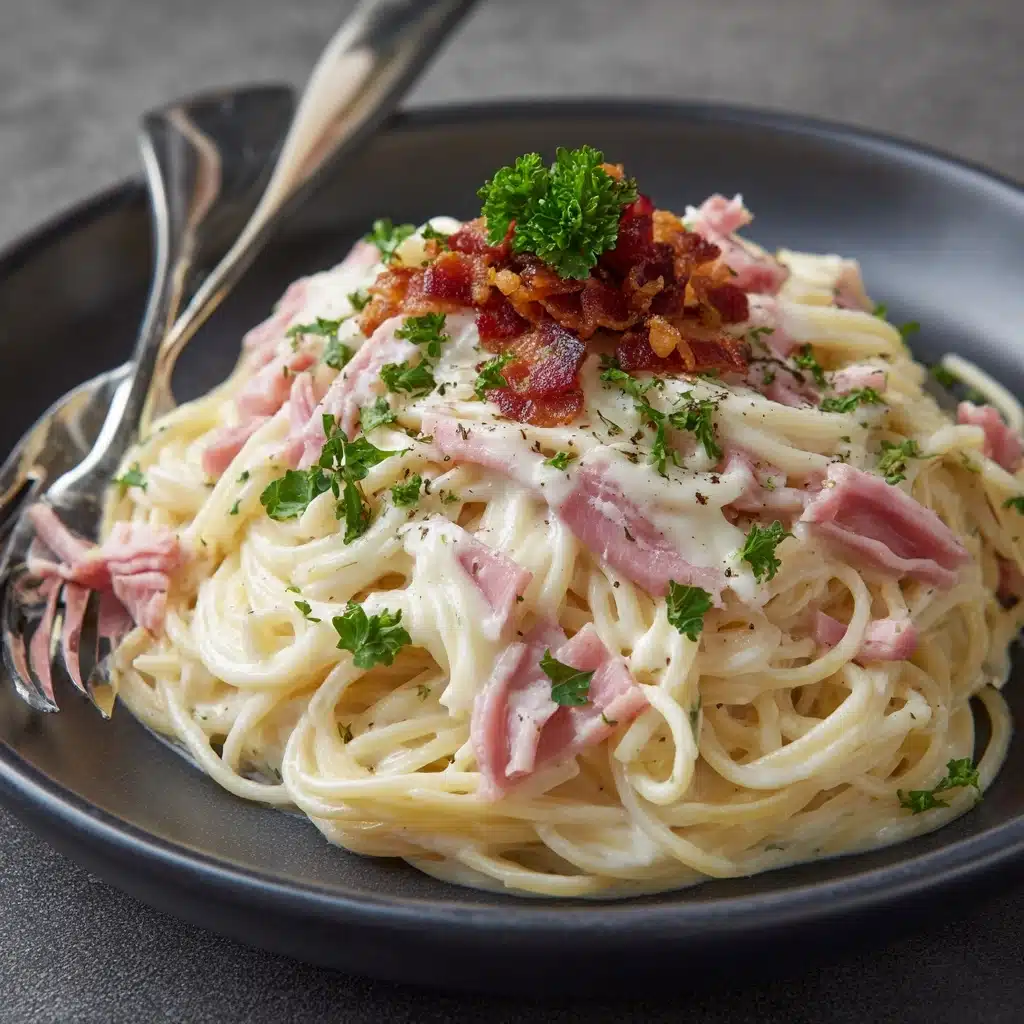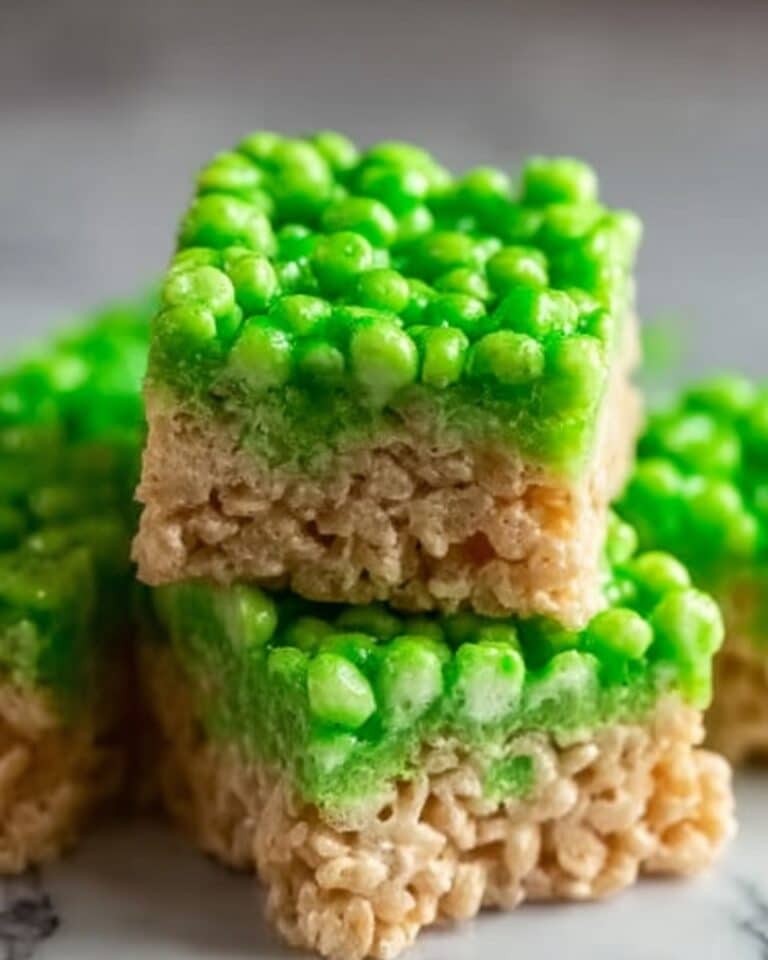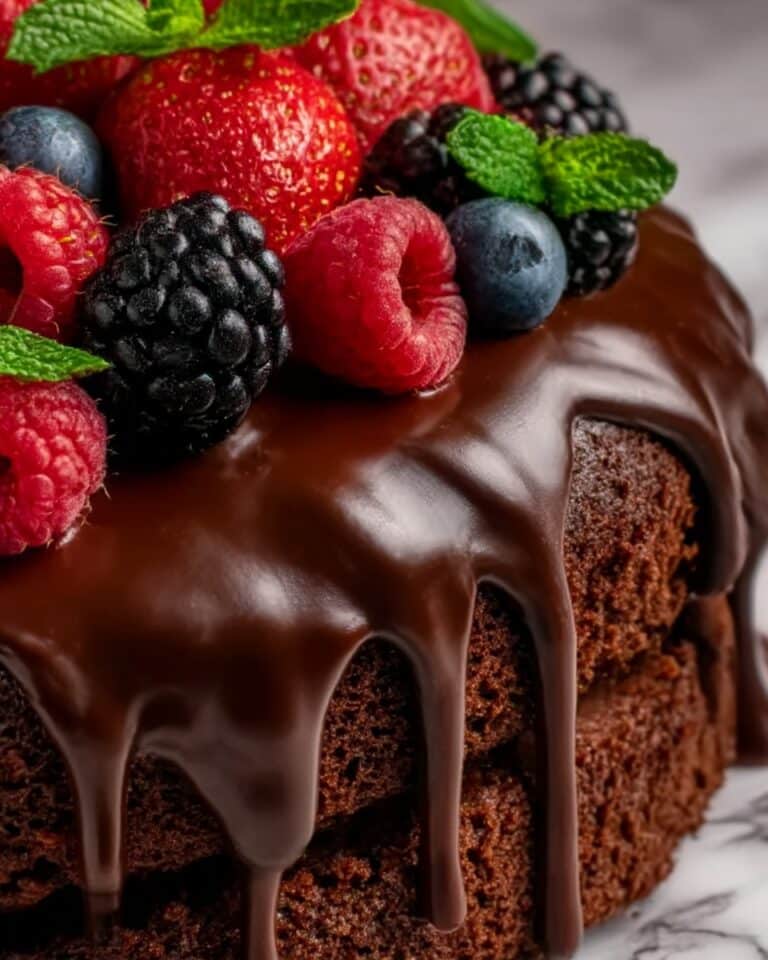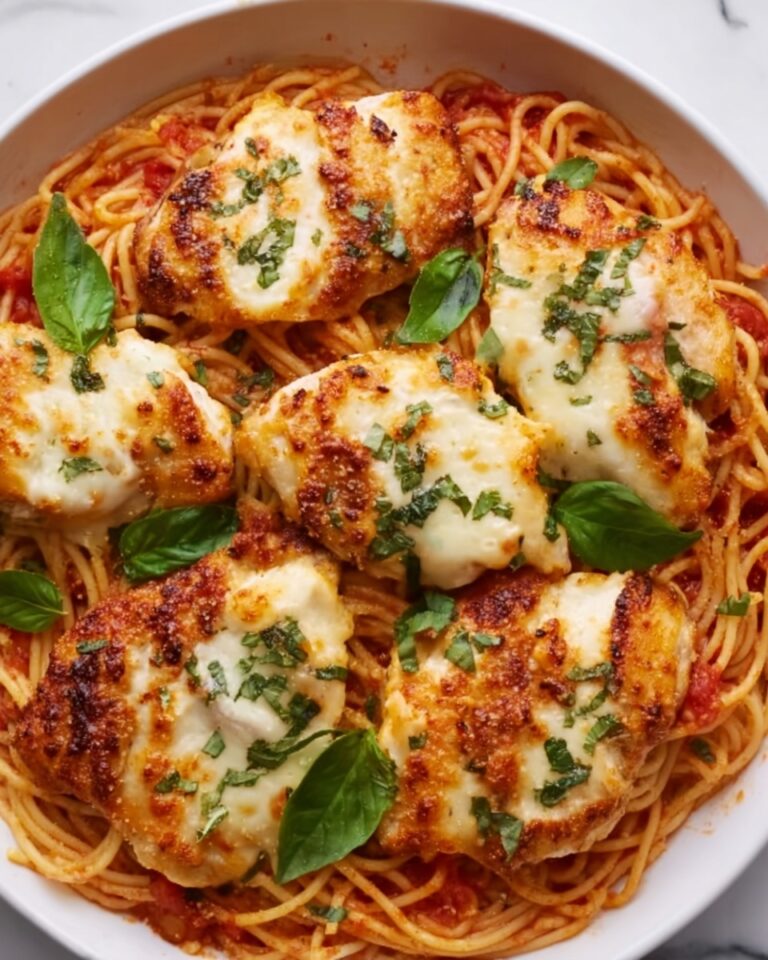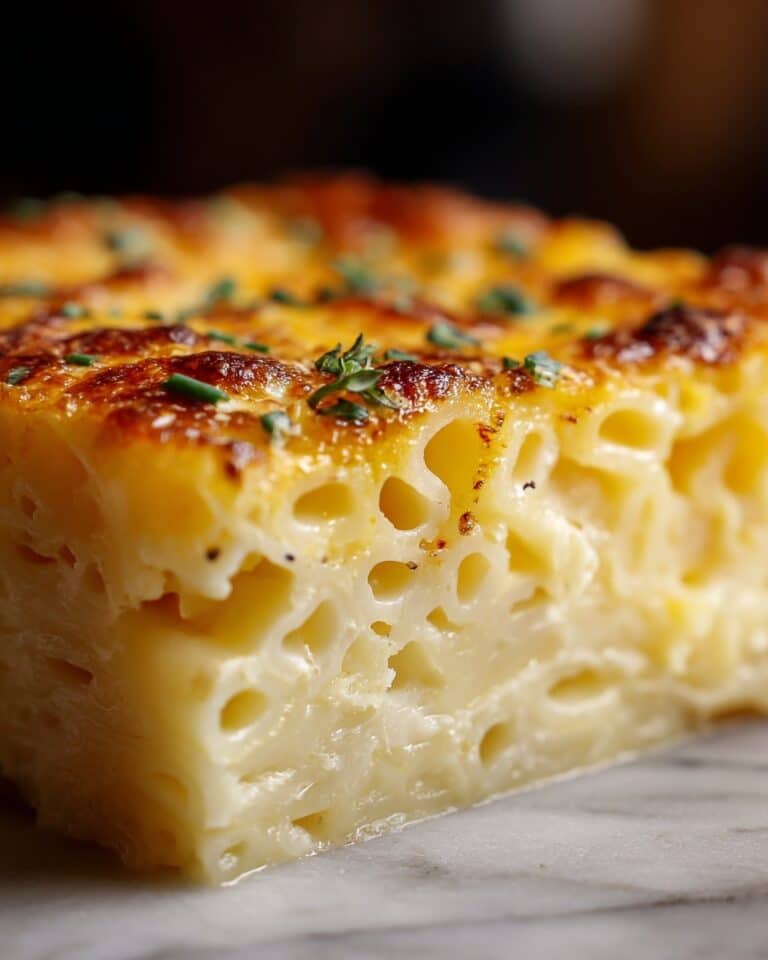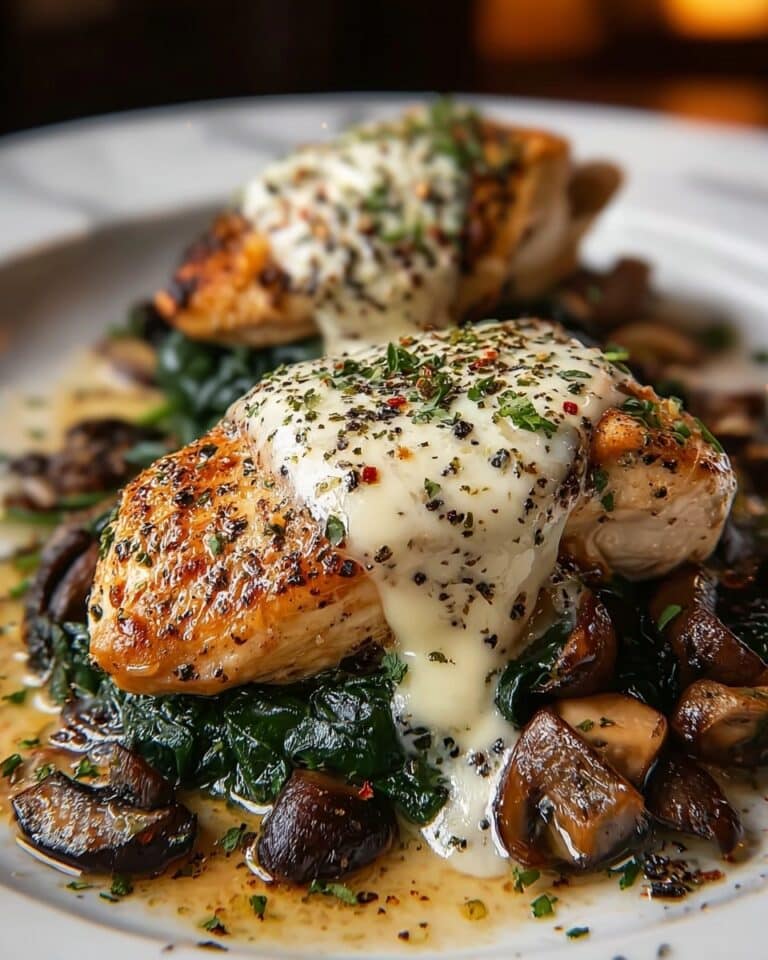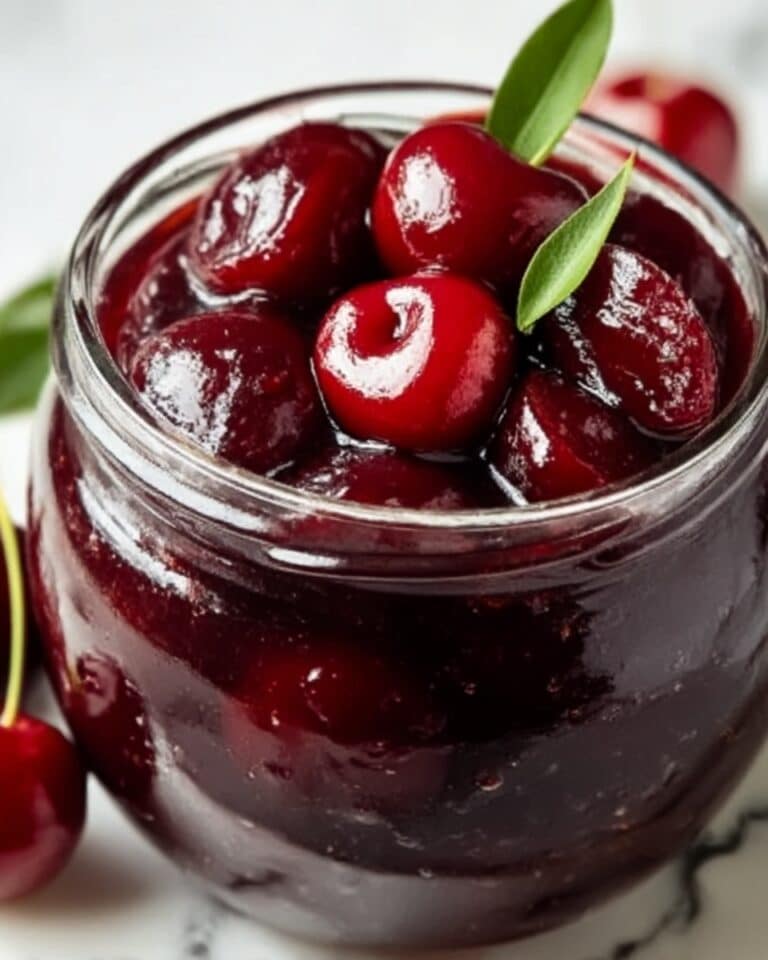If you’re craving comfort food that’s quick, incredibly satisfying, and feels like a warm Italian hug, look no further than this Classic Spaghetti Carbonara Recipe. Creamy, rich, and peppered with crispy pancetta, this beloved Roman dish is, at its heart, pure simplicity—just pasta, eggs, cheese, and cured pork—yet every mouthful tastes like so much more. Whether it’s a weeknight or a special occasion, the classic spaghetti carbonara recipe channels tradition and homey pleasure into a bowl you’ll want to savor again and again.
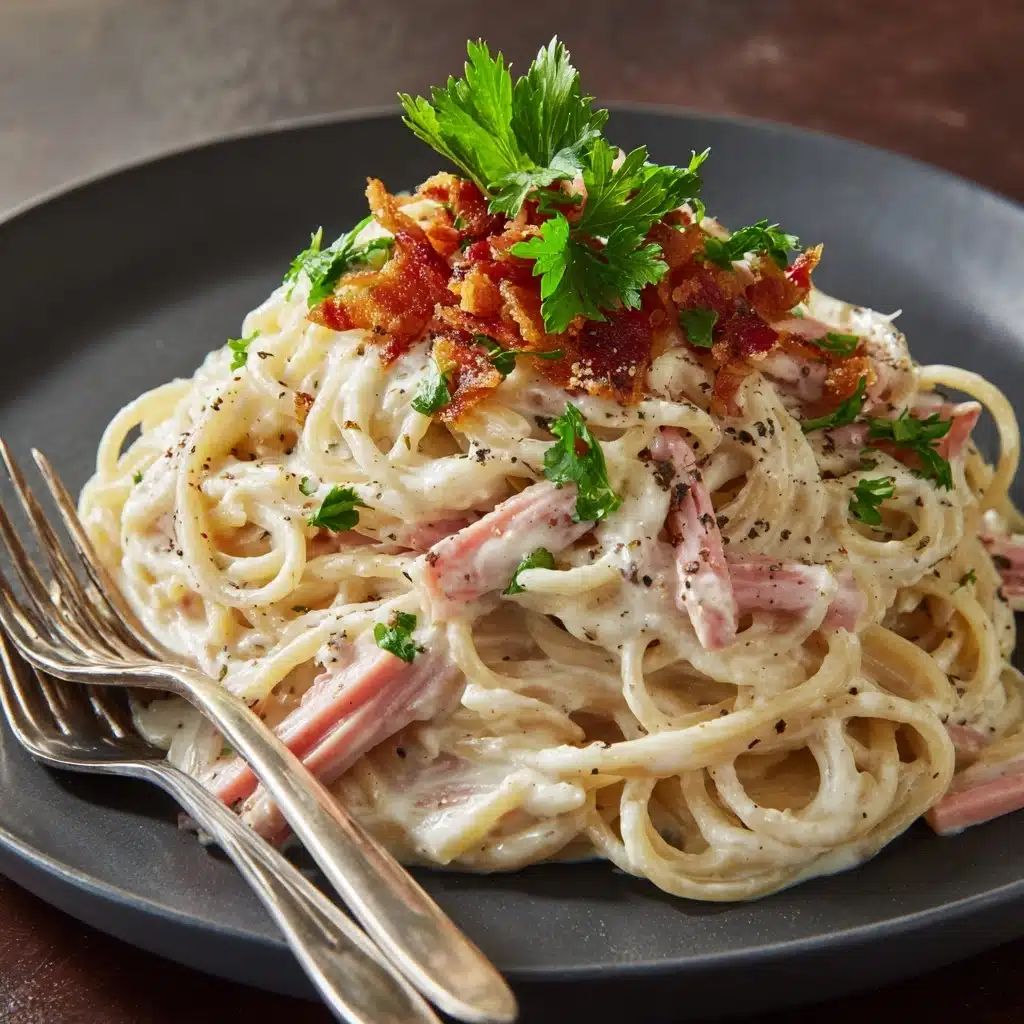
Ingredients You’ll Need
The magic of the classic spaghetti carbonara recipe comes from deceptively simple ingredients that each play an irreplaceable role. Use the best you can find, and you’ll discover why Italians never need more than a handful of pantry staples to create something utterly unforgettable.
- Spaghetti (12 ounces): The classic base—choose a high-quality spaghetti so the sauce clings just right.
- Pancetta or Guanciale (4 ounces, diced): Authenticity alert! Guanciale gives the richest flavor, but pancetta will also create craveable crispy bites.
- Large Eggs (2): The start of your creamy, luscious sauce—no cream needed!
- Large Egg Yolks (2): Extra yolks ensure the ultimate silky texture and luxurious color.
- Pecorino Romano Cheese (1 cup, freshly grated): Salty, sharp, and savory—freshly grated makes all the difference here.
- Garlic (2 cloves, smashed, optional): For a subtle, aromatic background note (purists may skip, but it’s a delicious addition!)
- Salt (to taste): Just a pinch is needed to season the pasta water and bring all the flavors together.
- Freshly Ground Black Pepper (to taste): Classic carbonara leans heavy on pepper, so don’t be shy!
How to Make Classic Spaghetti Carbonara Recipe
Step 1: Cook the Pasta
Start by bringing a large pot of salted water to a rolling boil—think ocean-salty; this is your one chance to really season the spaghetti. Add the pasta and cook until al dente (just a little bite in the center), following the package directions. Reserve about a cup of that precious pasta water before you drain it; you’ll need it for the sauce’s creamy magic.
Step 2: Prepare the Egg and Cheese Mixture
While your pasta cooks, whisk together the eggs, egg yolks, and freshly grated Pecorino Romano in a bowl until silky-smooth. This easy blend will become the heart of your sauce, giving the classic spaghetti carbonara recipe its luscious mouthfeel. Set it aside so you’re ready to move fast when the pasta is hot!
Step 3: Crisp the Pancetta or Guanciale
In a large skillet over medium heat, cook the pancetta (or guanciale, if you’re going ultra-authentic) until golden and fragrant—about 5 to 6 minutes. If you’re team garlic, add those smashed cloves for the last minute, just to infuse the oil, then scoop them out and discard. This step perfumes the fat and gives the dish a subtle, irresistible depth.
Step 4: Marry the Pasta and Pork
Once your pork is crisp, reduce the skillet heat to low and tumble in the drained spaghetti. Toss vigorously so every strand is glistening with the savory rendered fat—think of it as building the flavor’s foundation for the sauce.
Step 5: Create the Creamy Carbonara Sauce
Now comes the most important (and fun!) part of the classic spaghetti carbonara recipe. Take the skillet off the heat—this prevents the eggs from scrambling. Pour the egg-cheese mixture over the pasta and toss with gusto, using tongs to keep things moving. Slowly drizzle in reserved pasta water, a little at a time, until you have a glossy, cohesive sauce that clings to every noodle. Shower with generous black pepper and a pinch more salt if you’d like. Serve immediately, crowned with even more Pecorino.
How to Serve Classic Spaghetti Carbonara Recipe
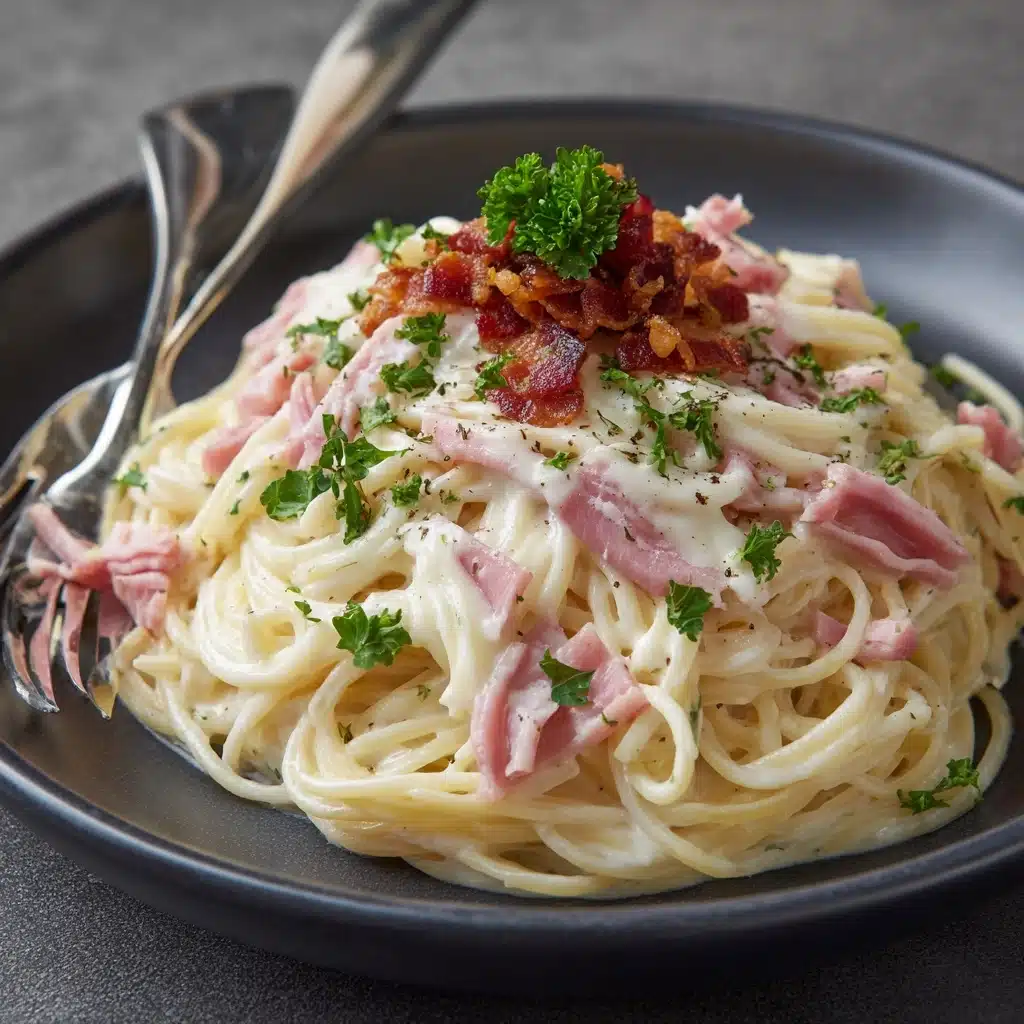
Garnishes
Amplify the flavor with an extra snowfall of freshly grated Pecorino Romano and a fresh twist of black pepper on every bowl. For a pop of color and a hint of spring, a sprinkle of finely chopped parsley works wonders without overpowering the authentic taste.
Side Dishes
The classic spaghetti carbonara recipe shines with simplicity, so serve it with crisp, peppery arugula or a simple green salad tossed with lemony vinaigrette. A crusty slab of Italian bread on the side is perfect for catching every last bit of sauce.
Creative Ways to Present
Up the wow factor by twirling spaghetti into little nests before plating, or serve family-style in a big, rustic bowl for everyone to dig in. For a fun twist, individual portions can be topped with a soft-poached egg—when broken open, it adds extra richness and drama to the table.
Make Ahead and Storage
Storing Leftovers
Leftover classic spaghetti carbonara recipe keeps surprisingly well for such a delicate dish. Store cooled pasta in an airtight container for up to 2 days. Press a piece of parchment right onto the surface to keep the sauce from drying out.
Freezing
The sauce in carbonara is sensitive to freezing, as the eggs and cheese can separate. While you technically can freeze leftovers, you’ll find the texture isn’t as creamy after thawing, so for best results, enjoy freshly made or within a day or two from the fridge.
Reheating
Reheat gently on the stovetop over low heat, adding a splash of milk or extra pasta water to revive the sauce’s creaminess. Stir continuously and heat only until warmed through to avoid scrambling the eggs. Microwave reheating is possible, but use low power and brief intervals for best texture.
FAQs
What’s the difference between pancetta and guanciale in this classic spaghetti carbonara recipe?
Pancetta is made from pork belly and is salt-cured, while guanciale is made from pork jowl or cheek and has a richer, more buttery flavor. Guanciale is traditional for authentic Roman carbonara, but pancetta offers a delicious substitute if you can’t find it locally.
Do I need to use Pecorino Romano, or can I substitute Parmesan cheese?
Pecorino Romano’s distinct salty, tangy bite is part of what makes a classic spaghetti carbonara recipe so memorable, but in a pinch, Parmesan will work (just expect a milder dish). For the real Roman experience, search out Pecorino if you can.
Can I add cream to the sauce?
Authentic classic spaghetti carbonara recipe never uses cream—the creamy texture comes purely from the emulsion of eggs, cheese, pork fat, and pasta water. While some nontraditional versions add cream, true carbonara purists keep it simple and pure.
Why did my eggs scramble instead of forming a sauce?
Eggs will scramble if the pan or pasta is too hot. Always remove the skillet from direct heat before adding the egg mixture, and toss vigorously, gradually adding reserved pasta water to temper the sauce and keep it creamy.
Is this dish safe to eat with raw eggs?
The residual heat of the pasta and pan gently cooks the eggs while creating a luscious sauce. If you have dietary concerns, you can use pasteurized eggs for peace of mind without sacrificing texture or flavor in your classic spaghetti carbonara recipe.
Final Thoughts
Every bite of this classic spaghetti carbonara recipe turns a simple dinner into a celebration—even if you’re just treating yourself on a Tuesday night. With just a few staple ingredients and a little technique, you can capture the spirit of Rome right in your own kitchen. Give this dish a try and share the joy with friends or family—your taste buds will thank you!
Print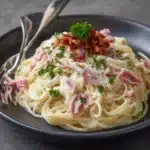
Classic Spaghetti Carbonara Recipe
- Total Time: 25 minutes
- Yield: 4 servings 1x
- Diet: Non-Vegetarian
Description
Indulge in the creamy richness of this Classic Spaghetti Carbonara recipe that boasts the perfect balance of salty pancetta, tangy Pecorino Romano cheese, and silky eggs. This traditional Italian dish is a quick and satisfying meal for any day of the week.
Ingredients
Spaghetti:
- 12 ounces spaghetti
Pancetta or Guanciale:
- 4 ounces diced pancetta or guanciale
Egg Mixture:
- 2 large eggs
- 2 large egg yolks
- 1 cup freshly grated Pecorino Romano cheese
Additional:
- 2 cloves garlic, smashed (optional)
- Salt to taste
- Freshly ground black pepper to taste
Instructions
- Cook Spaghetti: Boil salted water and cook spaghetti until al dente. Reserve 1 cup of pasta water before draining.
- Prepare Egg Mixture: Whisk eggs, yolks, and Pecorino Romano until smooth.
- Cook Pancetta: Crisp pancetta in a skillet over medium heat. Add garlic if desired.
- Combine Ingredients: Toss drained pasta with pancetta. Stir in egg-cheese mixture off the heat, adding pasta water gradually.
- Season and Serve: Add pepper, adjust salt, and serve immediately with extra Pecorino on top.
Notes
- Work quickly to prevent egg mixture from scrambling.
- Authentic recipe uses guanciale and excludes cream.
- Pair with a simple green salad for a complete meal.
- Prep Time: 10 minutes
- Cook Time: 15 minutes
- Category: Main Course
- Method: Stovetop
- Cuisine: Italian
Nutrition
- Serving Size: 1 portion
- Calories: 520
- Sugar: 2 g
- Sodium: 720 mg
- Fat: 22 g
- Saturated Fat: 8 g
- Unsaturated Fat: 11 g
- Trans Fat: 0 g
- Carbohydrates: 55 g
- Fiber: 2 g
- Protein: 23 g
- Cholesterol: 215 mg
